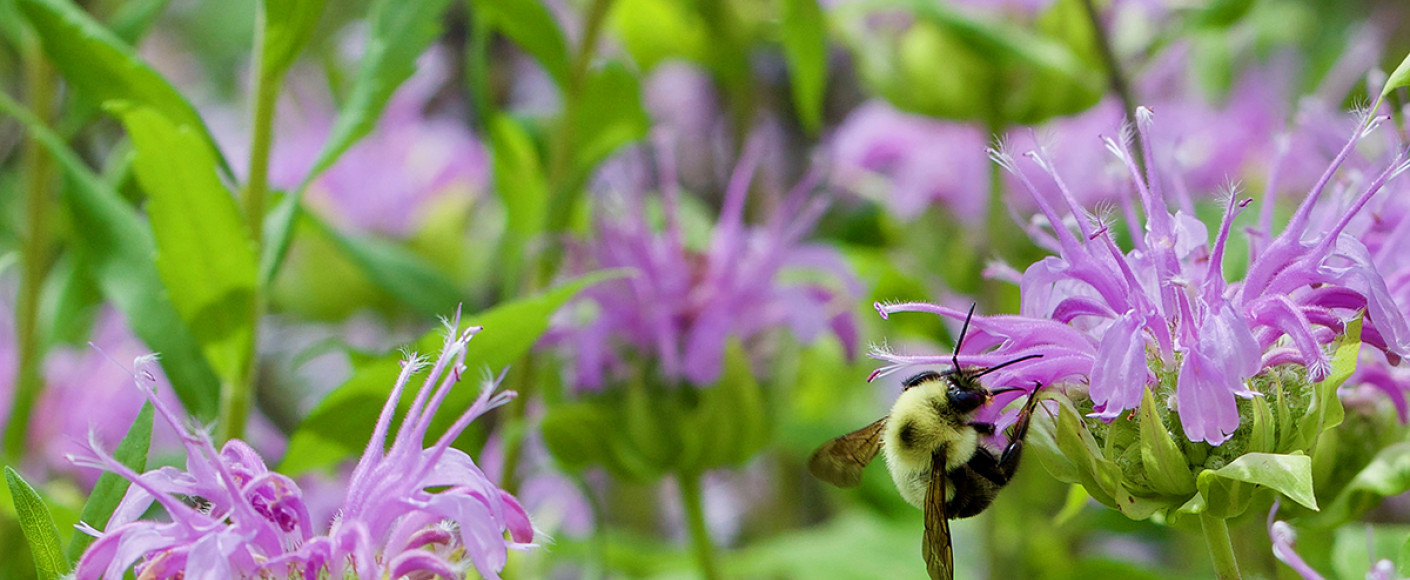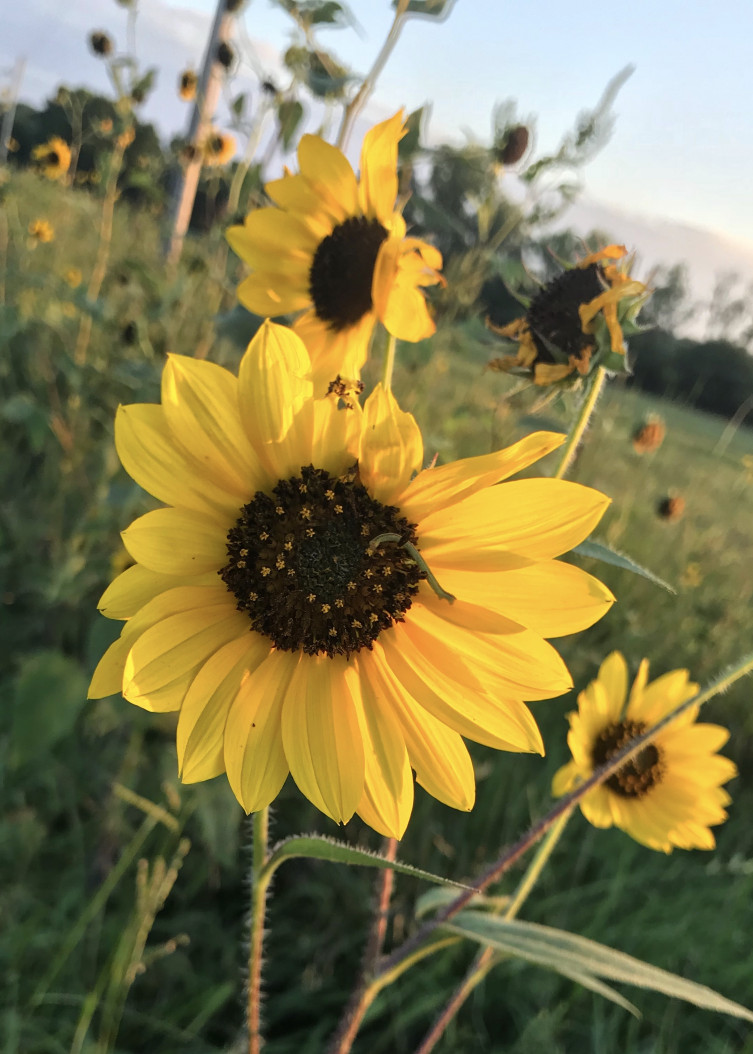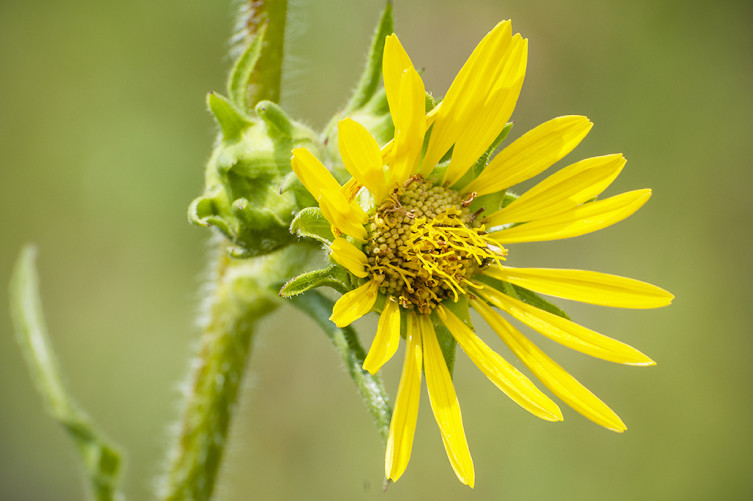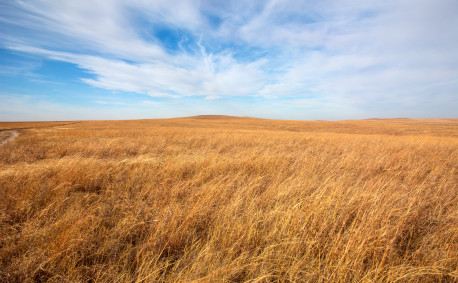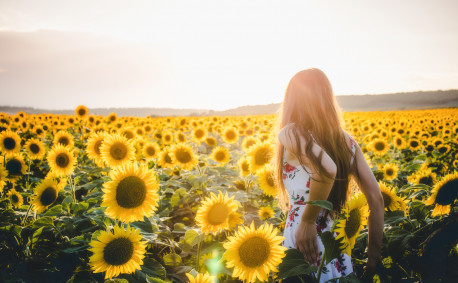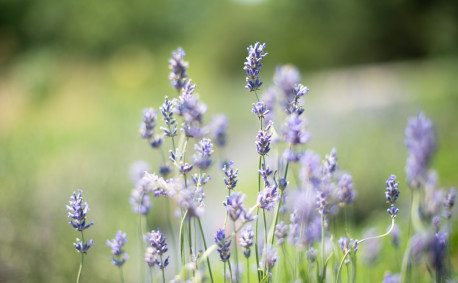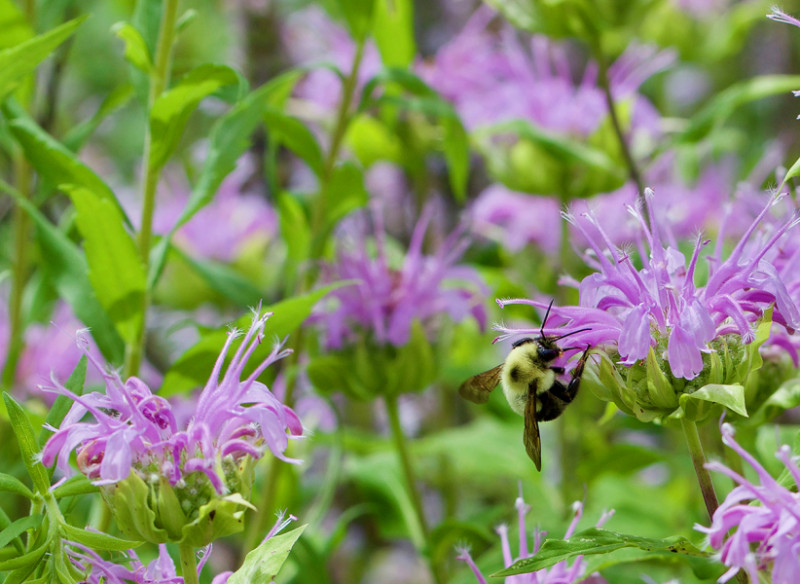Finding Kansas Wildflowers
More than Sunflowers: Celebrating Kansas Wildflowers
It’s not called the sunflower state for nothing. While Kansas is home to many commercial sunflower farms, their wild cousins (everyone has one, right?) run amok along roadsides and in fields statewide. They’re so pretty that in most cases, we welcome the invasion each year. And it’s not just sunflowers — our prairies are awash with brilliant color much of the year.
To show our appreciation for these beautiful blooms, we’ve compiled a list of our favorites, complete with information about when and where to enjoy them.
A Few of Our Favorites
They’re all beautiful, but here are some of the varieties we’re extra happy to see each year.
Common Sunflower
The official state flower of Kansas.
- When it blooms: Late summer
- Where you can find it: Statewide
Compass Plant
A former Wildflower of the Year, this bloom is popular with the Kansas Native Plant Society!
- When it blooms: Late summer
- Where you can find it: Central and eastern Kansas
Bee Balm, or Wild Bergamot
A pretty purple bloom that’s especially nice in bouquets and yes, a favorite of bees.
- When it blooms: Summer
- Where you can find it: Central and eastern Kansas
 Prairie Coneflower and Grayhead Prairie Coneflower
Prairie Coneflower and Grayhead Prairie Coneflower
A beaming sunflower relative with showy yellow petals.
- When it blooms: Late spring, summer
- Where you can find it: Statewide (eastern Kansas for the grayhead)
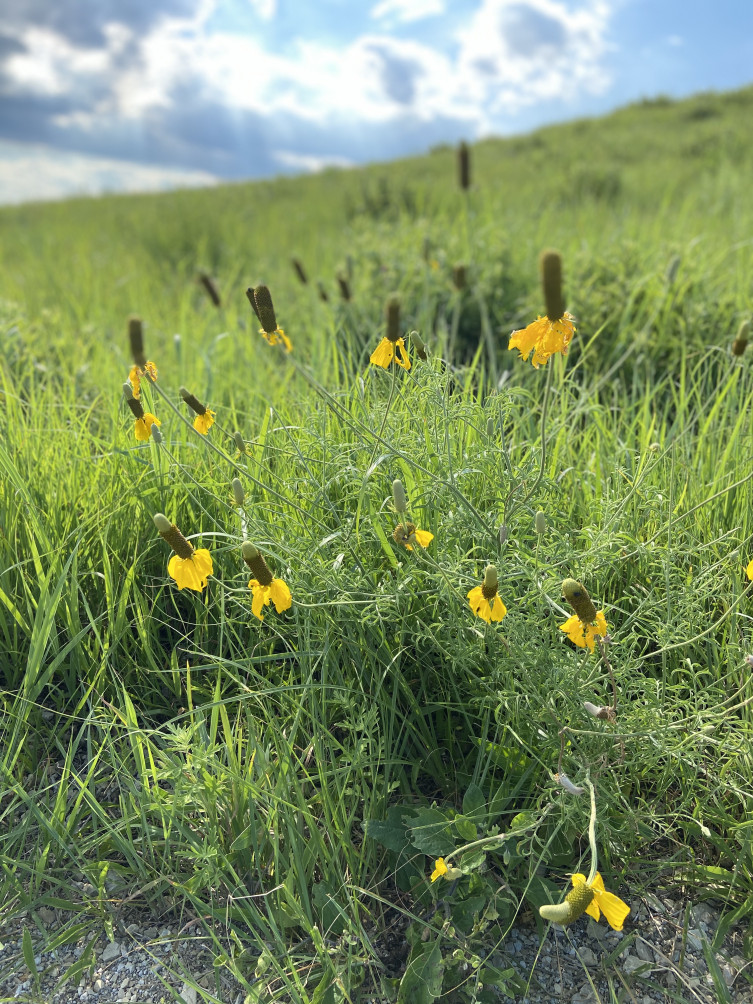 Black-eyed Susan
Black-eyed Susan
Wonderful additions to garden beds, along with brown-eyed Susans.
- When it blooms: Late spring to early fall
- Where you can find it: Mostly eastern half of Kansas
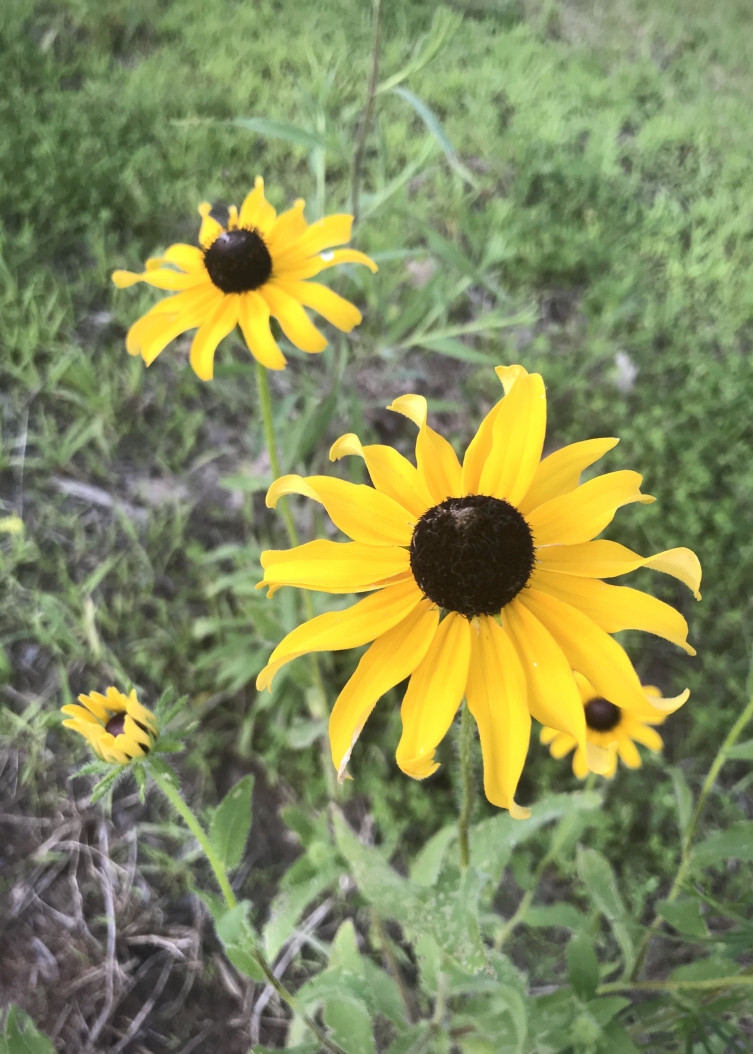 Woolly Verbena
Woolly Verbena
Purple pollinator paradise!
- When it blooms: Summer
- Where you can find it: Statewide
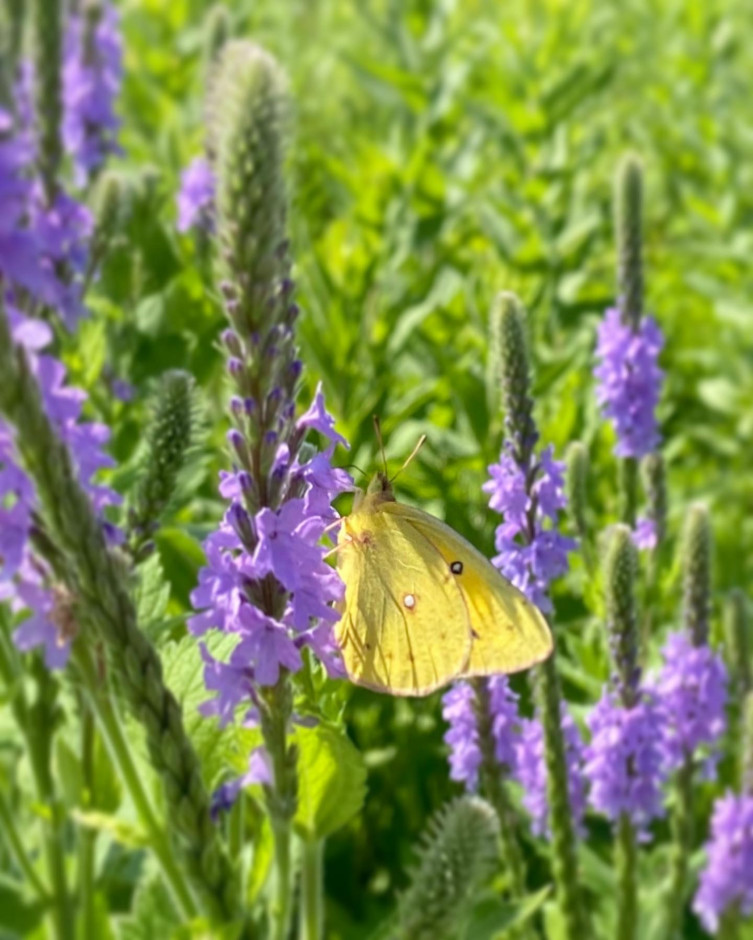 Plains Coreopsis
Plains Coreopsis
Small and cute-as-a-button, with striking yellow and red petals.
- When it blooms: Late spring, summer
- Where you can find it: Statewide
 False Indigo
False Indigo
Thick purple spikes with a short bloom window (don’t blink!).
- When it blooms: May and June
- Where you can find it: Statewide
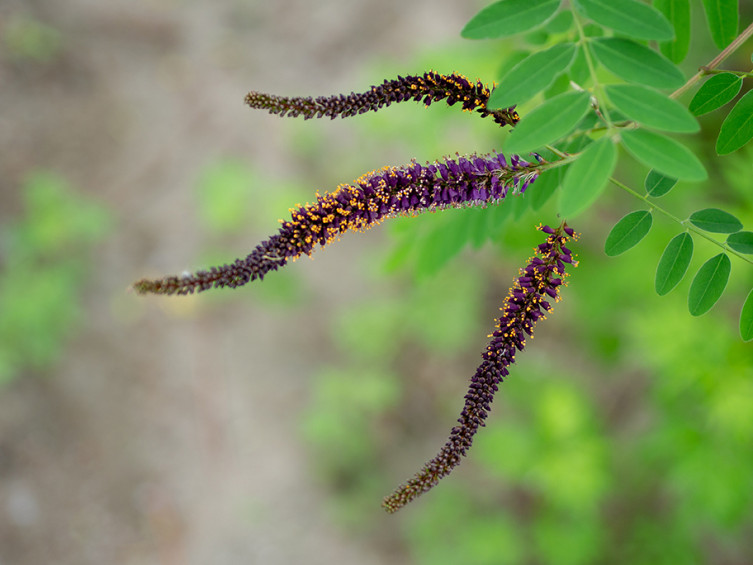 Butterfly Milkweed
Butterfly Milkweed
A brilliant orange bee and butterfly magnet. (We also love purple milkweed and Sullivant milkweed. ALL THE MILKWEED!)
- When it blooms: Summer
- Where you can find it: Central, eastern Kansas
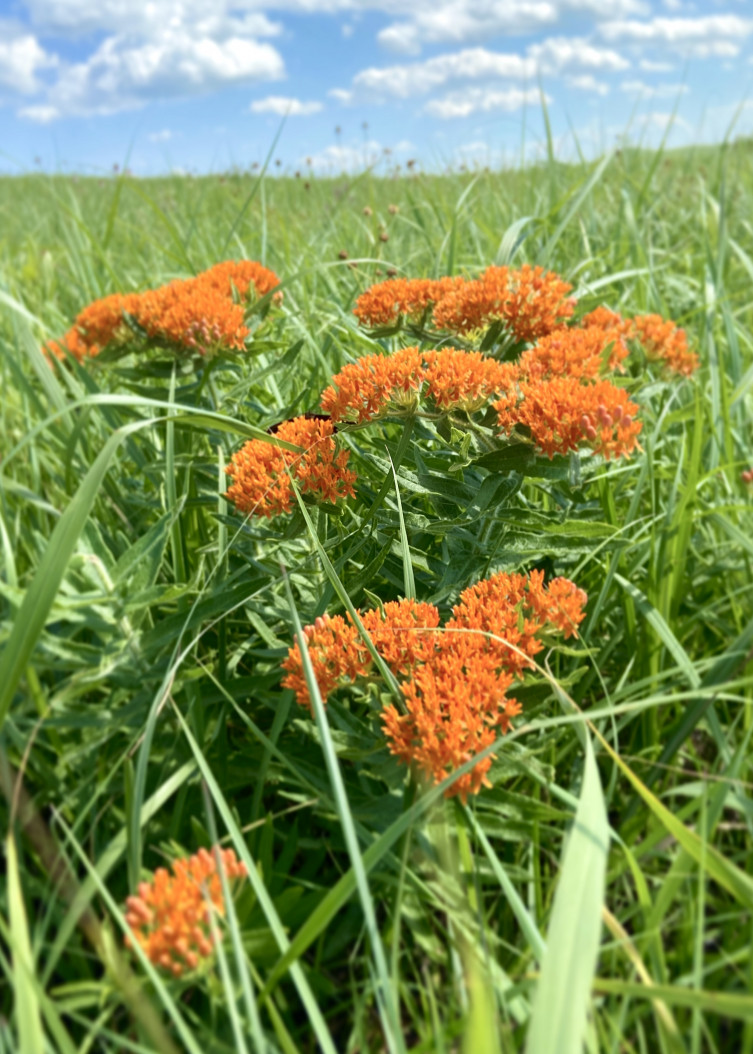 Shooting Star
Shooting Star
“Out of this world” beauty, like little purple and yellow comets.
- When it blooms: Spring
- Where you can find it: Southeast corner of Kansas
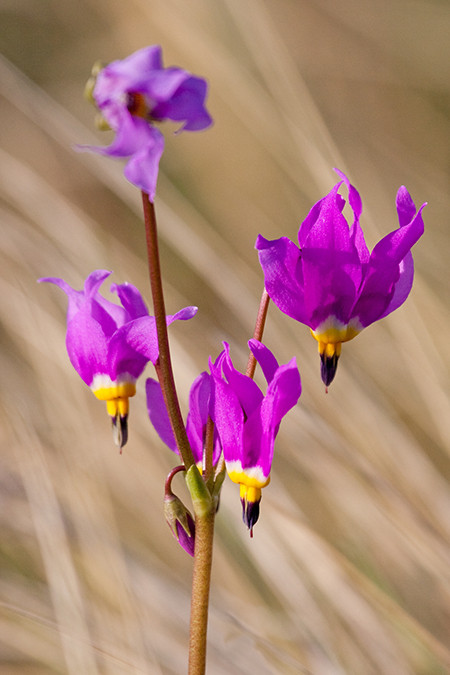 Where to Go Wildflower Watching
Where to Go Wildflower Watching
You’ll find them blooming in just about any untamed area, but you can really immerse yourself in a wide selection at several preserves and state parks. Here are a few good ones:
- Konza Prairie Biological Research Station: Schedule your visit using this super-detailed “What’s Blooming” chart. Or attend the annual Wildflower Walk each June.
- Tallgrass Prairie National Preserve
- Monument Rocks National Landmark
- Little Jerusalem
- Point-of-Rocks at the Cimarron National Grassland
- Olathe Prairie Center
Many locations offer electronic or printed guides to help you identify the varieties you’ll see there, or you can download one of several great smartphone apps that make identification as simple as snapping a photo. Try Picture This, Plant Net or Plant Story.
Field guides are also helpful. We like Kansas Wildflowers and Weeds, by Michael John Haddock, and Kansas Prairie Wildflowers, by Clenton E. Owensby.
Important: Know your wildflower ethics and read the park rules before setting out. If you’re taking photos, don’t leave the trail unless permitted. And definitely don’t pick the flowers on public lands! Many are federally protected and picking is illegal.
Beware These Blooms
You surely know to avoid those leaves that grow in clusters of three throughout wooded areas, but there are “wildflowers” to steer clear of as well. One of these is poison hemlock. It looks just like dainty white Queen Anne’s lace, but handle it and you can wind up with nausea and blurred vision. It’s found throughout the state, except for the southwest corner.
Wild parsnip is another one to watch for. According to the Midwest Invasive Species Information Network, “chemicals found in leaves, stems and flowers of wild parsnip can cause skin rashes, burns and blisters, especially in the presence of sunlight.”
Where to Learn More
If you want to become a wildflower whiz, the Kansas Wildflowers and Grasses and Kansas Native Plants websites make it easy by allowing you to browse local wildflowers by color and/or season. These resources, along with the treasure trove of information available from the Kansas Native Plant Society, will provide all the native plant knowledge you need!

